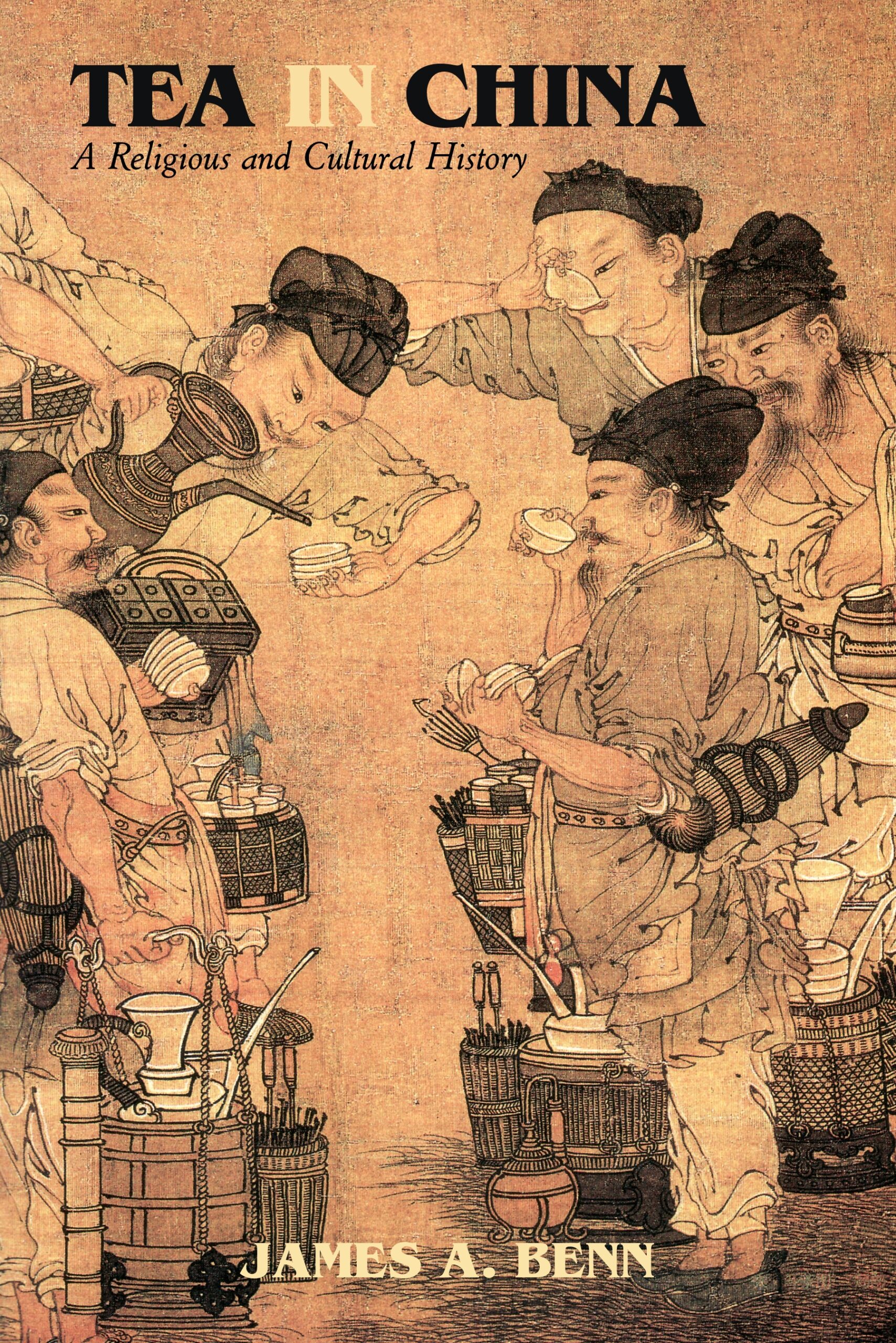Tea in China: A Religious and Cultural History
- About the Book
-
Tea in China explores the contours of religious and cultural transformation in traditional China from the point of view of an everyday commodity and popular beverage. The work traces the development of tea drinking from its mythical origins to the nineteenth century and examines the changes in aesthetics, ritual, science, health, and knowledge that tea brought with it.
The shift in drinking habits that occurred in late medieval China cannot be understood without an appreciation of the fact that Buddhist monks were responsible for not only changing people’s attitudes toward the intoxicating substance, but also the proliferation of tea drinking. Monks had enjoyed a long association with tea in South China, but it was not until Lu Yu’s compilation of the Chajing (The Classic of Tea) and the spread of tea drinking by itinerant Chan monastics that tea culture became popular throughout the empire and beyond.
Tea was important for maintaining long periods of meditation; it also provided inspiration for poets and profoundly affected the ways in which ideas were exchanged. Prior to the eighth century, the aristocratic drinking party had excluded monks from participating in elite culture. Over cups of tea, however, monks and literati could meet on equal footing and share in the same aesthetic values. Monks and scholars thus found common ground in the popular stimulant—one with few side effects that was easily obtainable and provided inspiration and energy for composing poetry and meditating. In addition, rituals associated with tea drinking were developed in Chan monasteries, aiding in the transformation of China’s sacred landscape at the popular and elite level. Pilgrimages to monasteries that grew their own tea were essential in the spread of tea culture, and some monasteries owned vast tea plantations. By the end of the ninth century, tea was a vital component in the Chinese economy and in everyday life.
Tea in China transcends the boundaries of religious studies and cultural history as it draws on a broad range of materials—poetry, histories, liturgical texts, monastic regulations—many translated or analyzed for the first time. The book will be of interest to scholars of East Asia and all those concerned with the religious dimensions of commodity culture in the premodern world.
- About the Author(s)
-
James A. Benn, Author
James A. Benn is professor of Buddhism and East Asian religions at McMaster University.
- Reviews and Endorsements
-
- The book contains a wealth of material on the social and intellectual interchange between the Buddhist clergy and wide sections of the educated laity. It deserves the attention of all whose interest lies in the role of religion in the life of the Chinese elite.
—Religious Studies Review - James A. Benn's new book is a history of tea as a religious and cultural commodity in China before it became a global commodity in the nineteenth century. . . . the book makes not only a great read, but also a very useful pedagogical resource!
—New Books in East Asian Studies - ln terms of scholarship, Benn 's Tea in China (hereafter TiC) is Sinologically and Buddhologically generally adequate. By and large, Benn's translations are up to snuff, and his references to and annotations for early texts, for the most part, are reliable. . . . There is much we can learn from TiC.
—Journal of Chinese Studies - Tea in China makes an important contribution to the study of religion in China by using a single commodity to demonstrate how religion–specifically Buddhism–is not cut off from the aesthetic, economic, and culinary worlds, but exists in connection to them. It will certainly become a foundational work for future studies of tea’s religious and cultural significance in China.
—Studies in Chinese Religions
- The book contains a wealth of material on the social and intellectual interchange between the Buddhist clergy and wide sections of the educated laity. It deserves the attention of all whose interest lies in the role of religion in the life of the Chinese elite.
- Supporting Resources
-





